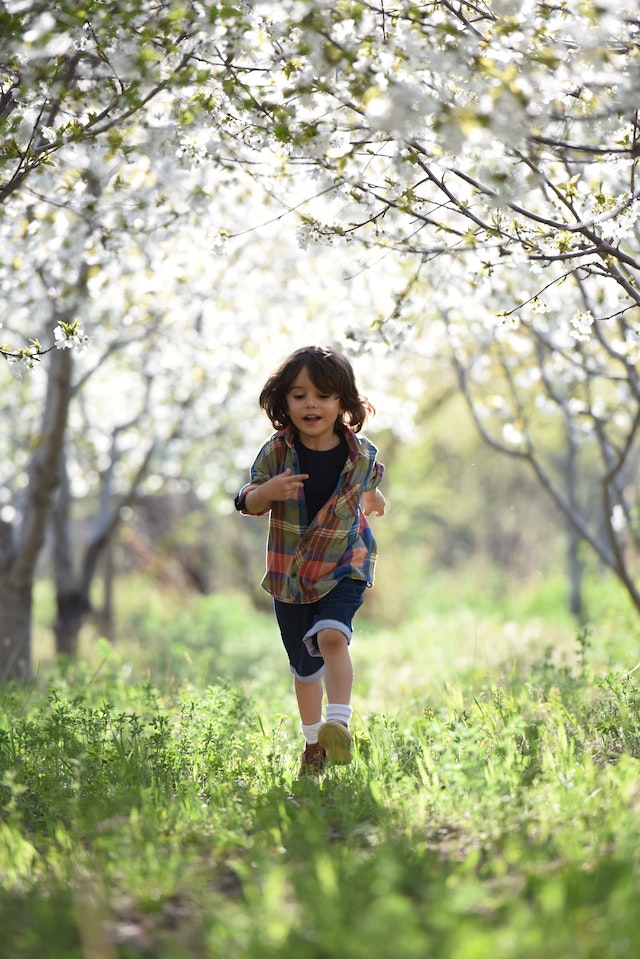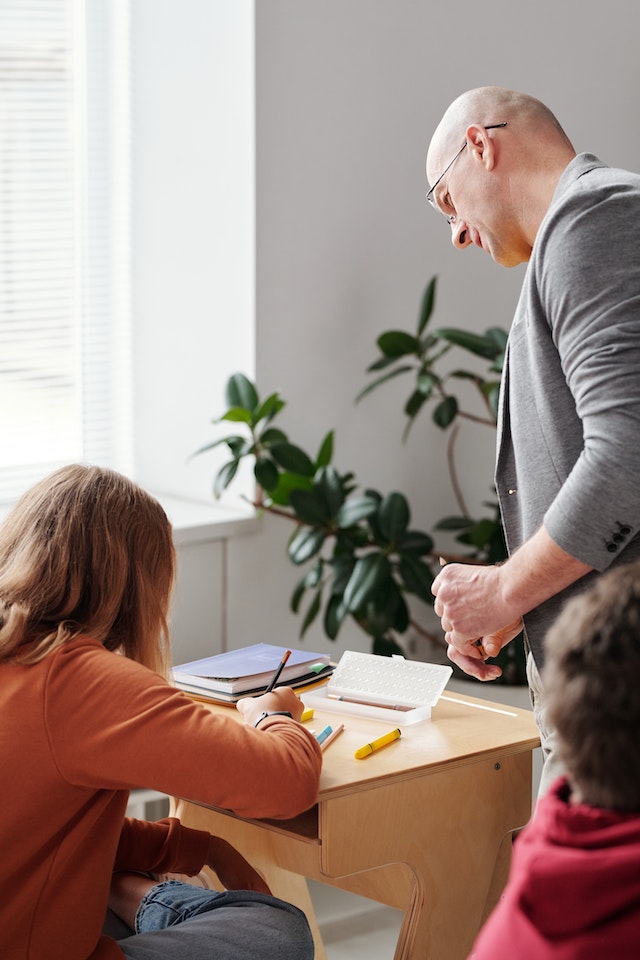News
-
Tivoli to deliver grounds maintenance services for Yorkshire Housing Tuesday, 26 March 2024
-
Nominate Your Outstanding Team Members for Recognition! Monday, 18 March 2024
-
Festive’s New Showroom in Enfield Opens on February 19th! Friday, 16 February 2024
-
Green Wall Day February 15th, 2024 Tuesday, 13 February 2024
plants@work
Improving learning in schools
A walk in the woods or playing in green parkland is good for our children's physical and mental health. If these opportunities aren't near at hand then creating a healthy, green learning environment is a good option. With the wealth of research available about the general benefits of plants, some would say this should be the way forward anyway. Some planting, rather than completely concreted playgrounds, potted plants or green walls or green pictures can make a big difference to classrooms and communal spaces. Specific benefits? As well as the health-giving benefits, they mean better concentration (23%) and improvement in core subjects such as spelling, maths and reading of between 10 - 14% according to research carried out in Australia.

image by Jonas Mohanadi via pixel
In Scandinavia, plants in classrooms produced fresher air and fewer complaints of minor ailments such as headaches, sore throats and cold symptoms which were reduced by 33%.
More evidence-based research has shown that contact with nature has a positive effect on children's mental cognitive development as well as their memory and attention spans.
As we've seen in a number of studies, just the visual connection with nature is beneficial. A recent study confirms that it provides a positive impact on cognitive, psychological and physiological responses and can influence our individual mental health, performance and well-being and is particularly helpful for those on the autism spectrum.

image by Max Fisch via pexel
Working at a school in New Jersey, the general benefits of biophilia have benefited the children with ASD who study at this special school. The connection to nature is a big focus at Bancroft's Mount Laurel campus and provides a connection to circadian rhythms as well as providing sensory experiences which both calm and stimulate the students. The range of benefits stretch from increased satisfaction and motivation to less stress and anxiety as well as improved problem-solving and creativity. There are also positive behavioural changes including improved coping and mastery skills, enhanced attention and concentration, lower hostility and aggression, and improved social interaction.